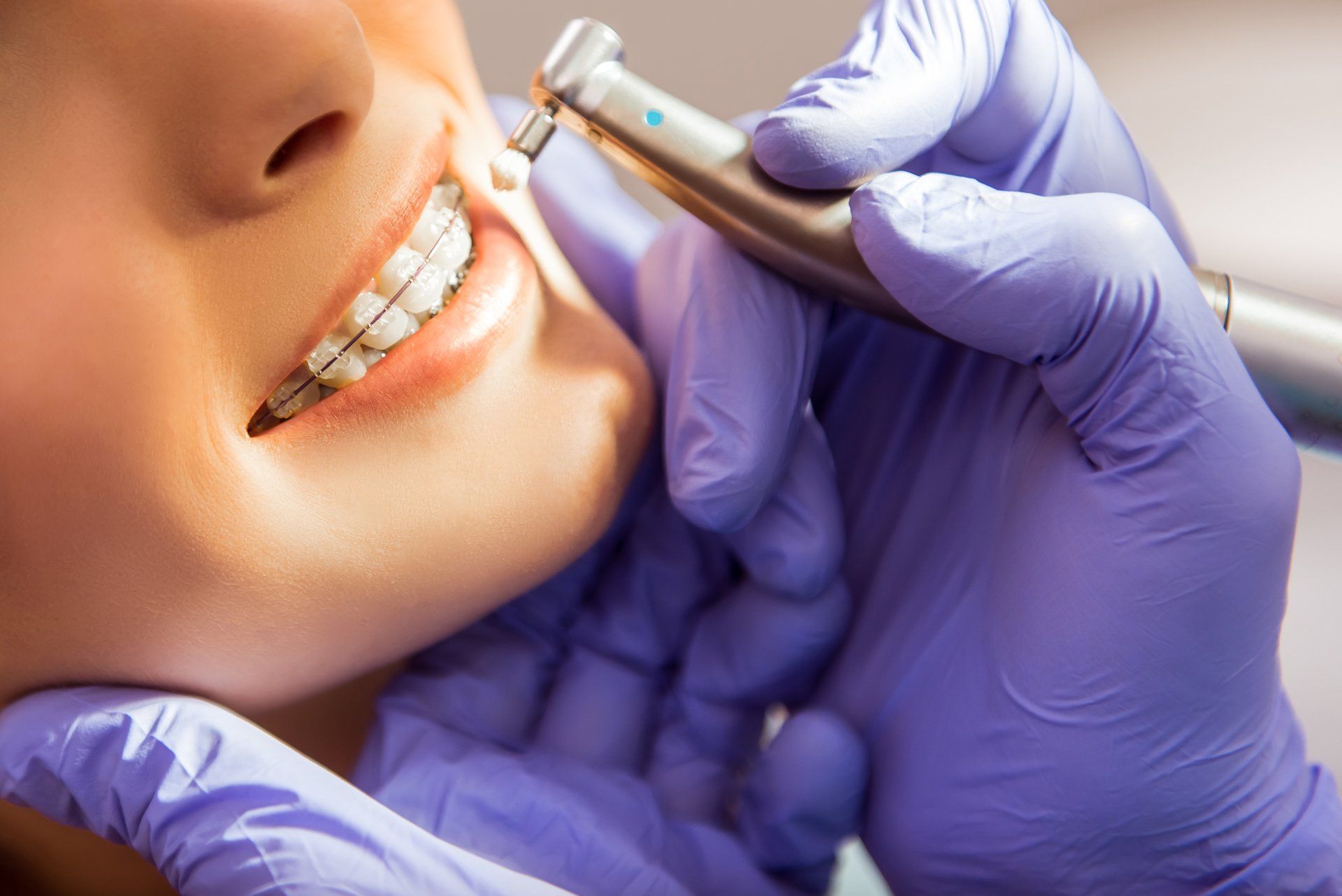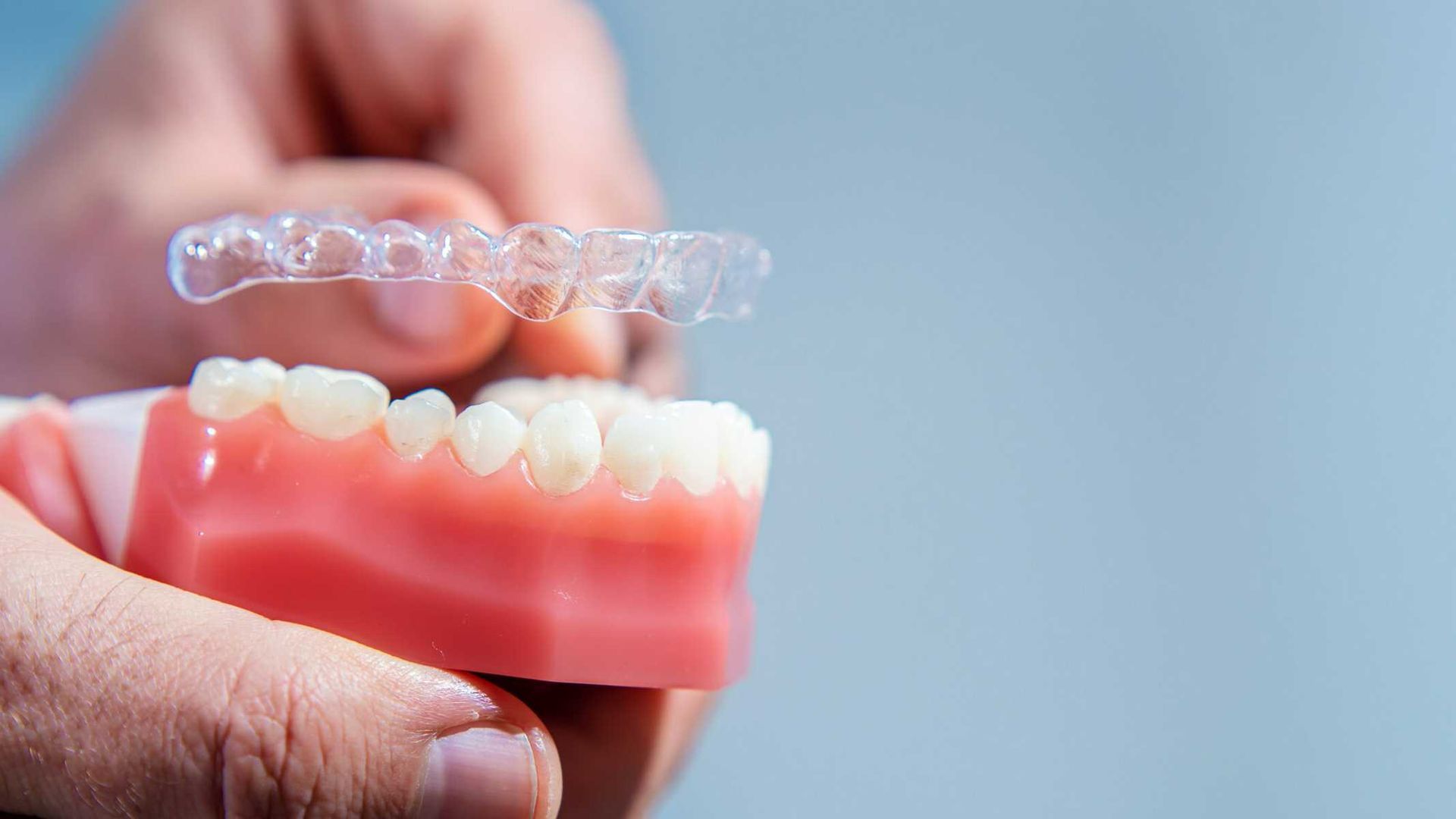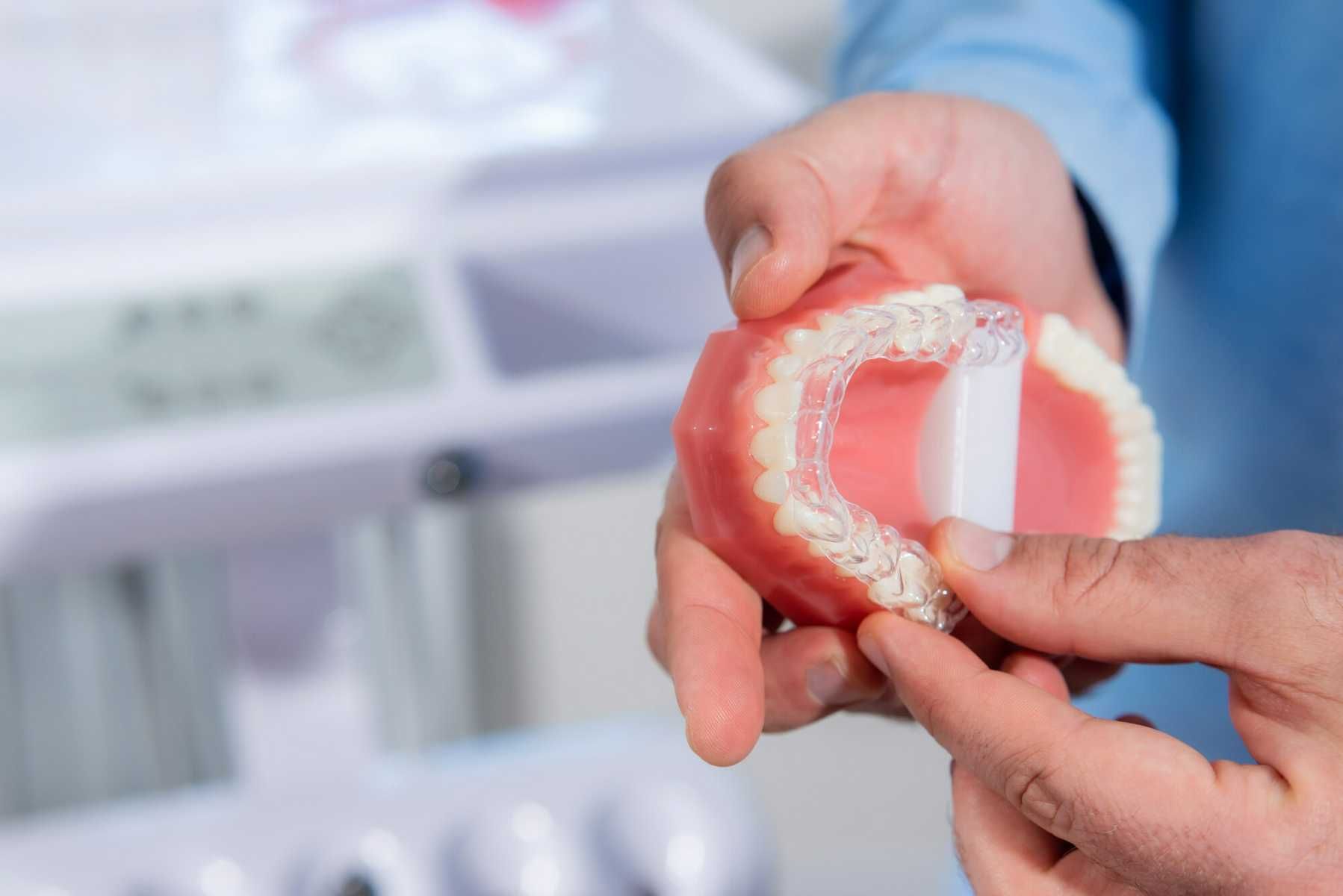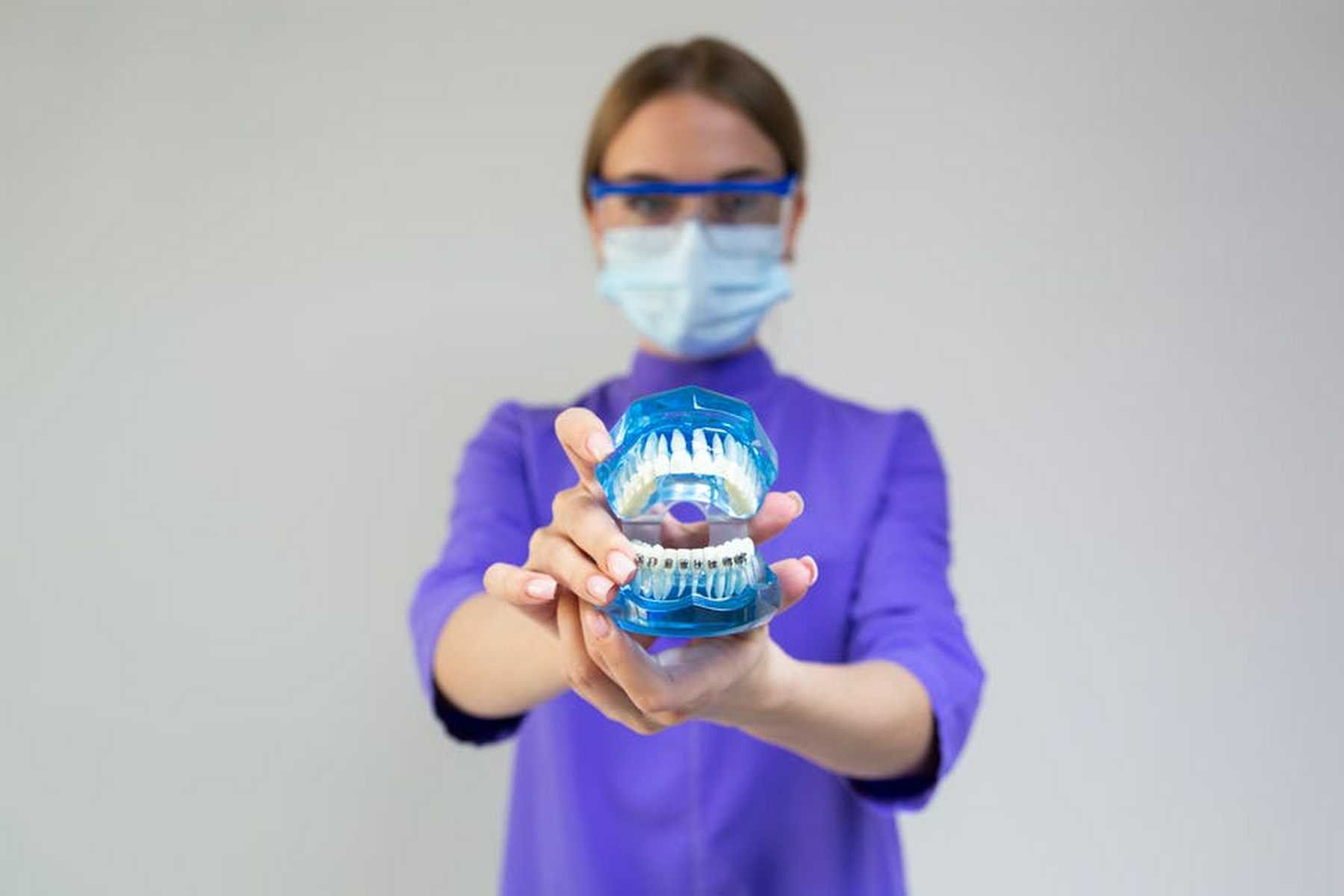Straight Teeth Are Healthy Teeth

9 out of 10 people have misaligned teeth. Are you one of them?
When you have crooked teeth, not only can they impact your self-esteem, but your oral health as well. Generally speaking, straight teeth encourage healthy teeth and give you a beautiful smile.
Are you concerned about the health of your teeth, especially if they're crooked? At Houston Orthodontics, we can give you the smile you deserve. Here are some health benefits you can experience with a straighter smile.
Easier to Clean
One of the main reasons to seek orthodontic care is to shift teeth so they're easier to clean. Food particles love to hide between cracks and crevices of your teeth. When food particles cling to your teeth, even after brushing, they breed bacteria.
Straight teeth are easier to clean because there are not as many crevices and overlaps between them. While it's important to continue brushing normally and flossing, this is much easier with straight teeth.
Avoid Dangerous Health Issues
The health of your teeth directly impacts the health of your entire body. When bacteria grow on your teeth, it fuels gum disease, in which your gums pull away from your teeth. This opens the door for bacteria to enter through the rest of your body.
With straighter teeth, you can clean easily, meaning you keep your oral and bodily health intact. This wards off many health issues like heart problems and even certain types of cancers like lung cancer.
Easier to Chew
Chewing well is important for making sure you receive all the necessary nutrients from your food. When you have crooked teeth, chewing may be painful and even awkward. Your teeth often rub up against each other, causing the enamel, which is the hard substance on your teeth, to erode.
With straight teeth, chewing is much easier and less painful, while preserving your enamel. You're also able to extract more nutrients from your food, making the digestion process smooth.
Reduces Jaw Pain
Speaking and chewing are more difficult with crooked teeth, and this leads to jaw pain. A misaligned jaw puts extra pressure on your jaw and causes discomfort while chewing or talking. Some people even get headaches.
By getting orthodontic work to align the jaw and teeth, you experience less pressure and pain in your jaw. You'll be more comfortable and won't feel the need to strain your jaw.
Physical Appearance and Improved Confidence
For many people, crooked teeth cause low self-esteem. Many people avoid social situations or even smiling because of the embarrassment they feel about their teeth.
When you have straight teeth, you can boost your self-esteem. You'll feel more confident in social situations, and may even make new friends or go farther in your career.
Get Straight Teeth With Houston Orthodontics
The health benefits of straight teeth are numerous and important for your overall health. With straight teeth, you'll experience healthier teeth and a beautiful smile.
Are you ready to get started on your journey to healthier teeth? Start your journey at Houston Orthodontics! Contact our team today to schedule your appointment.











